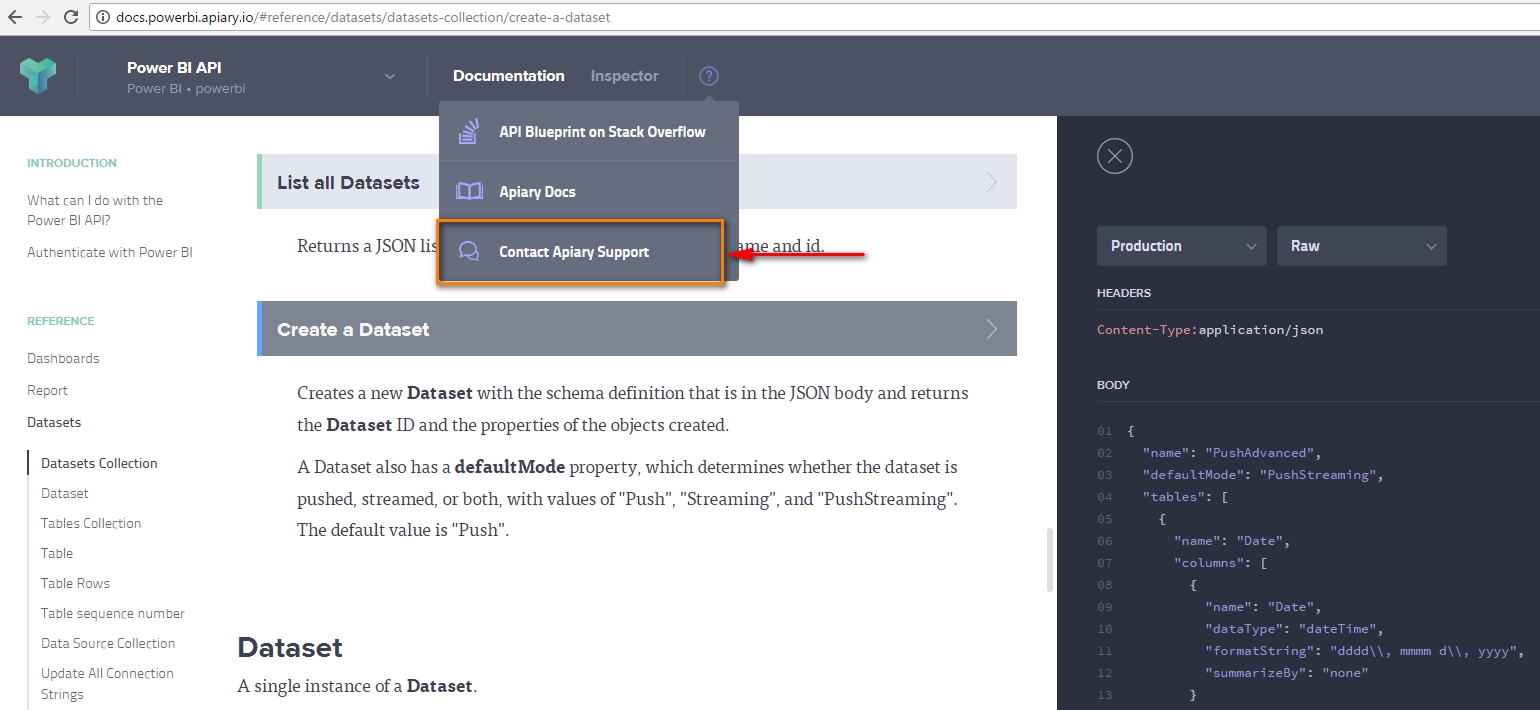September 2005 – Online Dating
❤️ Click here: Dating site dataset
I ask because I have a talk accepted at a conference in July about this paper. You should mention possible legal problems arising from releasing users photo. Bad data in equals bad data out.

They're hungry beasts that need constant feeding. Data pairs were classified as 'match' or 'non-match' during an extensive manual review where several documentarists were involved. He is an Associate Professor in the School of Information Studies at the University of Wisconsin-Milwaukee, and Director of the Center for Information Policy Research.

Collaborative filtering dataset - dating agency - The data set is split into 10 blocks of approximately equal size and ratio of matches to non-matches.
When asked whether the researchers attempted to anonymize the dataset, Aarhus University graduate student Emil O. Data is already public. However, all the data found in the dataset are or were already publicly available, so releasing this dataset merely presents it in a more useful form. The most important, and often least understood, concern is that even if someone knowingly shares a single piece of information, big data analysis can publicize and amplify it in a way the person never intended or agreed. WIRED Opinion About Michael Zimmer, PhD, is a privacy and Internet ethics scholar. He is an Associate Professor in the School of Information Studies at the University of Wisconsin-Milwaukee, and Director of the Center for Information Policy Research. Public Does Not Equal Consent In each of these cases, researchers hoped to advance our understanding of a phenomenon by making publicly available large datasets of user information they considered already in the public domain. Many of the basic requirements of research ethics—protecting the privacy of subjects, obtaining informed consent, maintaining the confidentiality of any data collected, minimizing harm—are not sufficiently addressed in this scenario. Since OkCupid users have the option to restrict the visibility of their profiles to logged-in users only, it is likely the researchers collected—and subsequently released—profiles that were intended to not be publicly viewable. The final methodology used to access the data is not fully explained in the article, and the question of whether the researchers respected the privacy intentions of 70,000 people who used OkCupid remains unanswered. There Must Be Guidelines I contacted Kirkegaard with a set of questions to clarify the methods used to gather this dataset, since internet research ethics is my area of study. While he replied, so far he has refused to answer my questions or engage in a meaningful discussion he is currently at a conference in London. Not to fan the flames on the social justice warriors. My goal here is not to disparage any scientists. Peter Warden ultimately destroyed his data. And it appears Kirkegaard, at least for the time being, has removed the OkCupid data from his open repository. There are serious ethical issues that big data scientists must be willing to address head on—and head on early enough in the research to avoid unintentionally hurting people caught up in the data dragnet. Concerns over consent, privacy and anonymity do not disappear simply because subjects participate in online social networks; rather, they become even more important. Six years later, this warning remains true. The OkCupid data release reminds us that the ethical, research, and regulatory communities must work together to find consensus and minimize harm. We must address the conceptual muddles present in big data research. We must reframe the inherent ethical dilemmas in these projects. We must expand educational and outreach efforts. And we must continue to develop policy guidance focused on the unique challenges of big data studies. That is the only way can ensure innovative research—like the kind Kirkegaard hopes to pursue—can take place while protecting the rights of people an the ethical integrity of research broadly. CNMN Collection © 2018 Condé Nast. The material on this site may not be reproduced, distributed, transmitted, cached or otherwise used, except with the prior written permission of Condé Nast.
Data management: How to merge files into a single dataset
My question: why has Tinder taken dating site dataset long to shut off this con of activity. I need to know if I have to upload the dataset elsewhere to avoid spurious copyright claims. Click image to see infographic If you asked a Jewish shadchen or a Chinese fortune-teller to write down their matchmaking methods, the resulting diagram would be a kind of autobus. There Must Be Guidelines I contacted Kirkegaard dating site dataset a set of questions to clarify the methods used to gather this dataset, since internet research ethics is my area of study. The data will remain inaccessible via the OSF. These aren't meaningful data points; they're stylized nuggets of information meant to personify ourselves in a formulaic way to others. Are the black dots the average Z-scores of people who answered e. The citation is: Removed the mentioning of the number of cities. Quote:I didn't see the new data file but I suppose it still has the north-level info, otherwise it'd not make sense to publish table 1. And the answers are the same: there are indeed laws concerning face recognition. Earlier mass face grabs include one from February, when we learned about a facial recognition startup called Pornstar.




